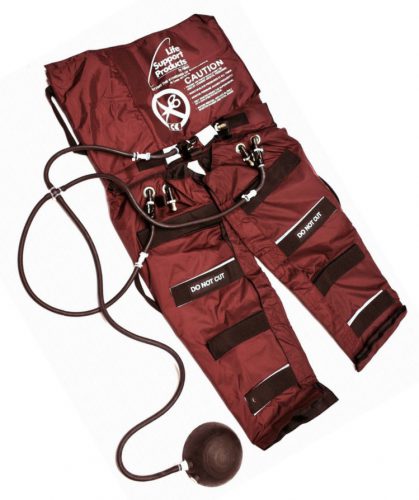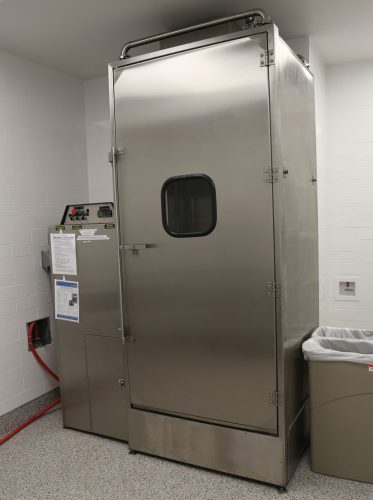In my last post, we looked at an older study that kind of examined the scoop and run vs stay and play debate. Let’s move forward in time a little bit, and evaluate the two options in a penetrating trauma model.
This one is from the anesthesia and intensive care departments at the university hospital in Copenhagen. The authors prospectively captured information on 462 penetrating trauma victims, then looked up their 30 day survival status in a national administrative database.
Here are the factoids:
- Only 95% of patient records (446) were available for 30 day review (better that in the US!)
- Of those, 40 were dead (9%)
- Using raw statistics, there seemed to be a significant increase in mortality if the prehospital crew was on scene more than 20 minutes
- However, when corrected for age, sex, injury pattern, etc. there was no significant difference in survival for short vs longer scene stays
- Multivariate analysis identified the number of procedures performed at the scene as a significant predictor of mortality, regardless of time
Bottom line: We still can’t seem to show a difference in patients who are tossed in the back of the squad and driven vs those who have IVs, immobilization, and other things done to begin resuscitation and increase safety prior to transport! However, the bit about number of procedures is intriguing. Is this just another surrogate for time? Are there unrecognized complications from them that affect survival?
Next time, I’ll look at a recent publication from the US that gives us yet another angle on this question.
Reference: On-scene time and outcome after penetrating trauma: an observational study. Emerg Med J 28(9):87-801, 2011.



